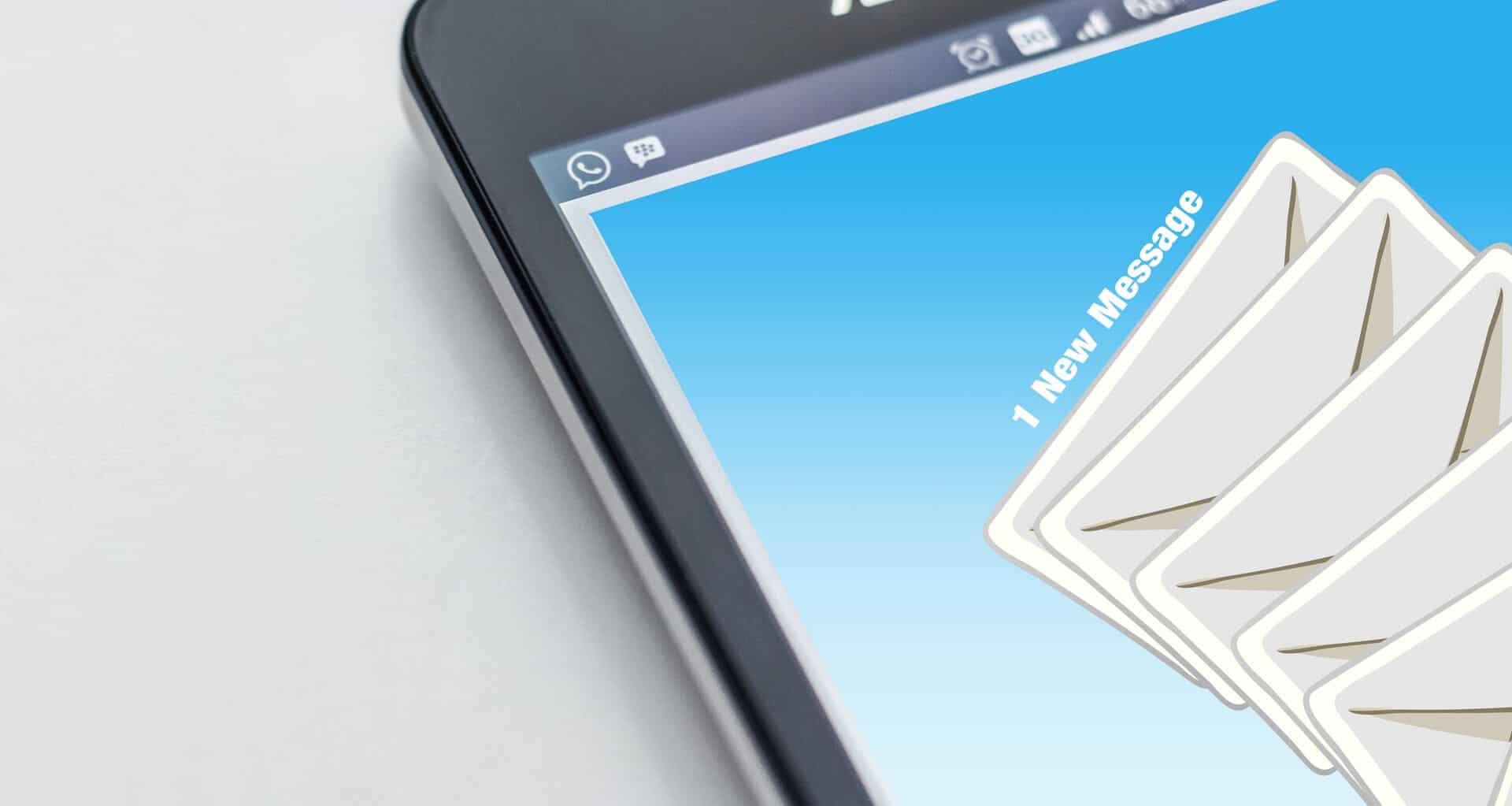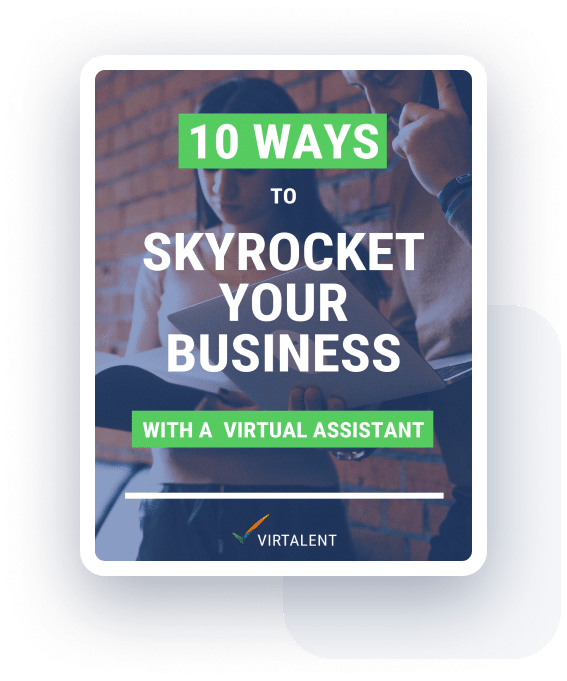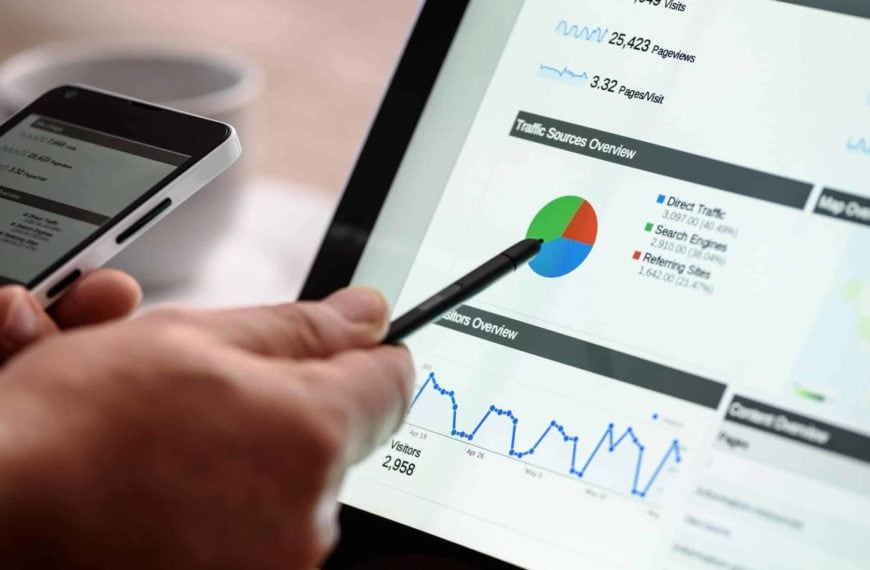According to the Direct Marketing Association’s latest report, email continues to be the highest-performing marketing channel out there.
Now 98% of emails sent are successfully delivered compared to 87% just 7 years ago. The technology has moved on and improved. But, most importantly, marketers surveyed in recent research by the DMA continue to rate email as the highest-performing channel used in their marketing mix. Emails convert more customers than any other channel, but today this means more than sending out a monthly newsletter to your existing subscribers.
Think bigger! Are you taking full advantage of email marketing to grow your business?
If someone has agreed to receive an email from you, your brand has permission to enter a very personal, private space. It’s also a space your customer carries around with them on the phone in their back pocket, has bookmarked on their iPad and set as their homepage on their work laptop. Next to their credit card statements and the email from Aunty Gill, up pops your company with a compelling message of its own. You’re not bombarding them with sales messages, they have invited you there to share what you have to say.
Continuing to build on the trust that this person has already placed in you is an incredibly powerful way to market your business to them.
Two email marketing game changers
Today we’re going to focus on 2 game-changing ways you should be using email marketing to capture every ounce of value from your website traffic!
Email cart abandoners with a coupon
Many e-commerce site owners focus entirely on filling the top of their funnel, driving leads to eventually add a product to their basket, but then skip a few steps by next analysing on those who made a purchase and then adding them to their monthly newsletter. What about the visitors that started to check out but then exited the process and abandoned their shopping cart? That person was ready to buy, but something happened. Perhaps they ran out of time, with the intention of completing their purchase later? Or perhaps they had second thoughts?
Either way, capturing these leads and working to convert them to paying customers is vital. If your checkout captures their email address at the very start of the process (highly recommended) you can set up an automated system to email the customer if they abandon their cart. Why not give them that little push they may need by reminding them of the value of your product and by offering them a limited time offer if they log back in? Not only will they be enticed by a small discount but they may have genuinely forgotten to return to their cart and your email just reminded them to jump back on to your website and enter their credit card details.
An example email could look like:
Dear Sally,
Thank you for visiting rarebooks.com today!
We noticed that you added a book to your cart but didn’t complete your purchase.
Don’t forget, you’re unlikely to be able to find that book elsewhere! Our books are some of the rarest in the world.
We would like to offer you a special 10% discount, valid for 48 hours from now, on any purchase made.
Simply enter the discount code 10SALLY at the final step of the checkout to receive 10% off!
To return to your cart simply click the link below.
LINK
Thank you,
The team at Rare Books
PS: Did something else put you off? Please do hit the “reply” button and tell us how we can help!
Give away a free mini course
Few business owners take advantage of the power of email automation. Instead of repeatedly carving out a few hours each fortnight to send out a newsletter which is soon forgotten about, why not put that time into creating something which will be used for years to come?
The idea is to entice your website visitor with some juicy content which they can have for free. All they need to do is part with their email address and you’ll email it to them right away!
Many people visiting your website aren’t ready to buy right away. But why let them leave without taking something away to remember you by? When they come to make a buying decision you want them to remember who you are. In fact, whilst they’re researching your competitors, wouldn’t it be handy if you continued to reinforce your brand in their minds every time they check their inbox?
Creating a free email course works especially well if you are looking to position yourself as an expert. So trainers, consultants, tutors, teachers… listen up!
First, brainstorm ideas.
- What problems do your customers face? If you are in a position to offer some advice or guidance, this could be a great place to start.
- What questions do they have? Answer them and you’ll position yourself as a trusted expert.
- Do they have any gaps in their knowledge? Educate them and they will thank you for enlightening them.
Next, plan the sequence.
I would recommend aiming for 8-12 emails, sent one per day. You have to invest enough time into building something of substantial value to your prospect and appear often enough in their inbox to build up a great rapport. However, we all know that you don’t have the time to write 50 emails and, let’s face it, by that point they will have bought from your competitor or been driven mad!
At the end of the email sequence, you’ll need to ask them to take some kind of action. If you have already given them something valuable, for free, this is perfectly reasonable. At the end of the sequence why not ask them to book a free consultation with you, for example? By this point they view you as a useful, informative, credible and trustworthy authority in the industry. Why wouldn’t they want to speak to you?
Great content inspires action.
Bullet point and brainstorm some ideas for the content. Aim to have a clear theme or message for each individual email so that your content is punchy, useful and clear.
Now write.
Don’t worry about the emails themselves right now. Just open up a new text document and begin writing a draft of each email, taking care to focus on one clear message per email so that your readers aren’t left confused or bored. Think about how a professional development course is structured. Each lesson focuses on one main lesson objective, which come together to educate the student on one particular topic. Lessons build on the knowledge gained in the previous lesson.
The first email in the sequence should therefore tell the recipient what to expect now that they have opted-in to the list, so that they can mentally “buy in” to the email sequence as a whole and don’t unsubscribe half way through as they have no idea when the emails will stop! Explain the topics you’ll cover, the reasons you have for writing the content, explain why you are an authority they should listen to and tell them how they can get in touch if they want to continue the conversation with you outside of the sequence.
The emails that follow should be focused on educating and informing the recipient about the chosen topic. Over deliver; delight and surprise them! Offer as much value as possible, but remember selling your company does not belong here! The sole aim of the email sequence is to position yourself as a credible, trustworthy source of information which they can then use to inform their buying decision when they come to make one. They don’t want to read 10 emails pitching your Spring Sale or new service launch! The reader is at a completely different stage in the customer journey and they should be spoken to as such.
The very last email should summarise the topic(s) you have covered and, yes, it is now OK to soft sell your product or service. If you have created a well-positioned, useful email sequence this should flow very naturally and seem like a completely natural, reasonable decision for them to make. If you offer a service, why not ask them to book a consultation with you or encourage them to attend your next webinar? This journey is a marathon and not a sprint. The idea is to let the prospect warm up to the idea of buying from you at their own pace and not at yours.
Design an email template.
Ok, next you’ll need to choose the email marketing app you want to use. Mailchimp is one of the most popular and easiest to use, though we personally love the simplicity of Mailerlite.
Start by designing a simple email template you can use throughout the sequence. The design of your emails should be kept consistent throughout, as that way the recipient knows what to expect and the design of your emails becomes familiar to them. They’ll feel reassured that this is the next email in your sequence and not an email from someone else altogether!
Once you have the template, create a new workflow. This may be founder under a tab called “Automation”, “Autoresponders” or something entirely different, depending on your provider… but it should be one of the main features you can access outside of the usual Campaigns tab you would use to send a one-off email like an e-newsletter.
Build the sequence
Take the time to copy all of your content into the emails. Add images, illustrations and graphics to illustrate your points.
Now, check, check and check again! There is nothing worse than realising (often months later) that potential customers have been receiving an email from you with spelling mistakes in it or even an email that won’t display at all. Preview test emails on your mobile and your tablet, as well as sending them to a few different email providers. The email may show up nicely in Gmail but not on your work’s webmail, for example.
Next, add yourself (perhaps a colleague or friend too!) to the entire sequence so that you receive each email before anyone else does who later joins your list. This means you can check each email in the sequence once again, with enough time to make any amendments before the next person receives it.
Sit back and relax!
Now you can reap the rewards. This email series will be “speaking” to your customers whilst you sleep and, hopefully, you’ll have some nice sales leads popping out at the end of the process. All you need to do is feed new email addresses into the sequence (this is another topic altogether but pop-ups work well).
Every now and then it makes sense to check the series to update any outdated content, check links still work and perhaps evaluate what aspects could be improved. Take a look at the emails with the highest unsubscribes. Is something in that email switching off your reader? Could the content be improved?
Now its time to focus on how else to market your business!






